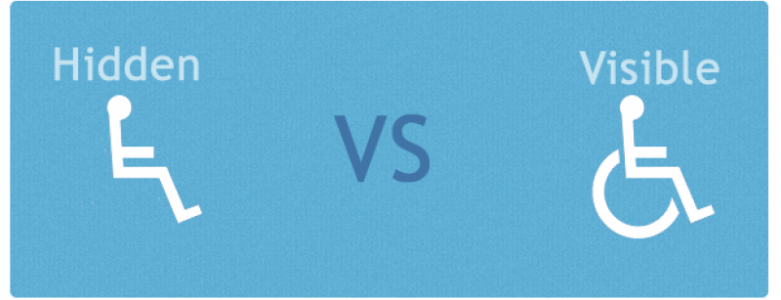We met with our client for the first time this week. When I was trying to picture how the meeting would go, I imagined a back-and-forth conversation where we would ask our client a question and he would respond. Instead, what really happened was our client walked right into the room and immediately started discussing his hopes for the project. It was like he was pitching an idea to venture capitalists. It was a good reminder that when designing products, it’s important to keep in mind what the consumer wants. It’s even more important when designing assistive technologies to cater the design to the customer. After all, the technology is meant to help the client perform certain tasks.
Our client has dyslexia and a below average auditory loop. Both these conditions affect his ability to do work, especially when it comes to checking email and listening to people talk about complex, abstract ideas. Just looking at our client, however, you wouldn’t realize that he was living with a disability. Obviously, there are both pros and cons to having an “invisible disability.” People don’t treat you any differently because they don’t realize there are some things that are more difficult for you to accomplish. In my personal opinion, I think it’s nice not to be defined by this one trait (your disability). However, at the same time, people might get frustrated with you easily if there are certain tasks that might be more difficult for you to accomplish than the average person. Thinking back to our wheelchair activity, I remember thinking that the first thing people noticed about me was the wheelchair. Personally, I wouldn’t want to be remembered as “the girl in the wheelchair”, but unfortunately I think that happens fairly often to people who use wheelchairs.
